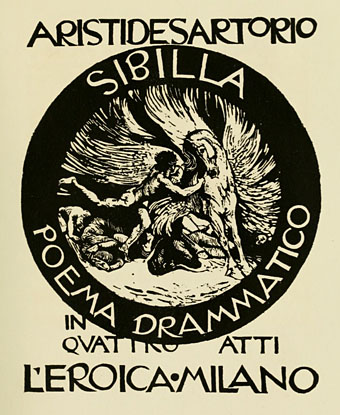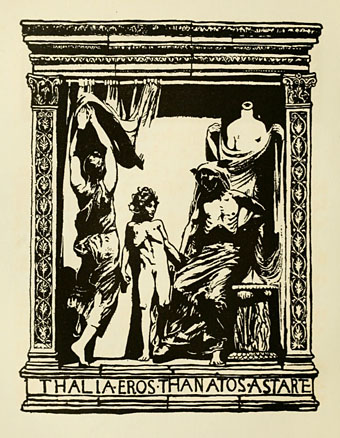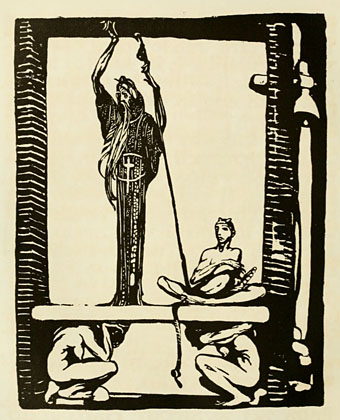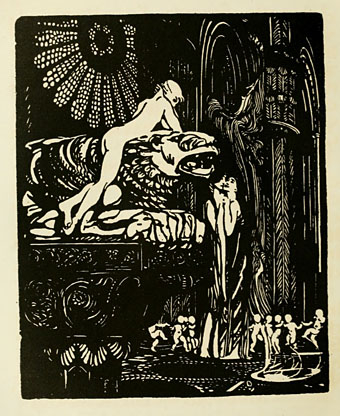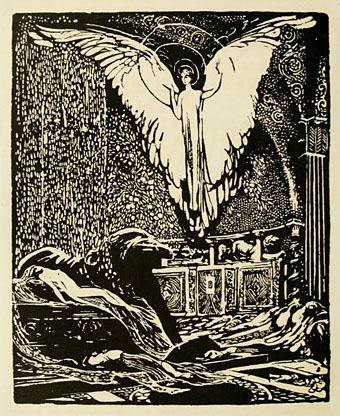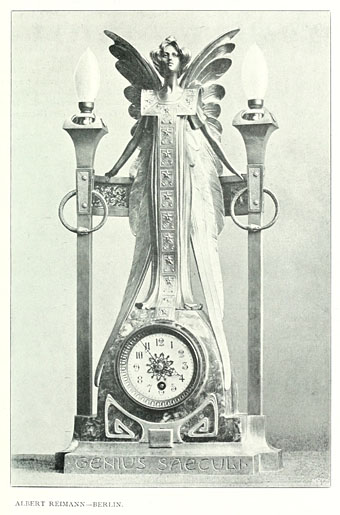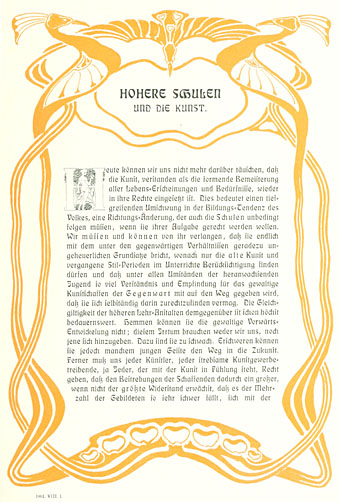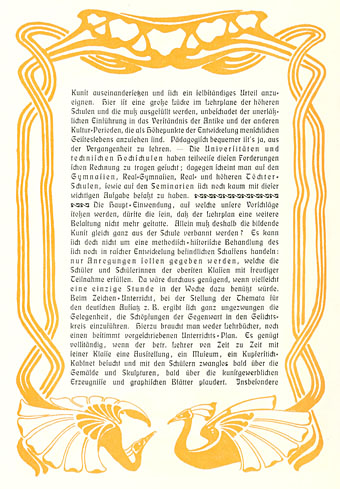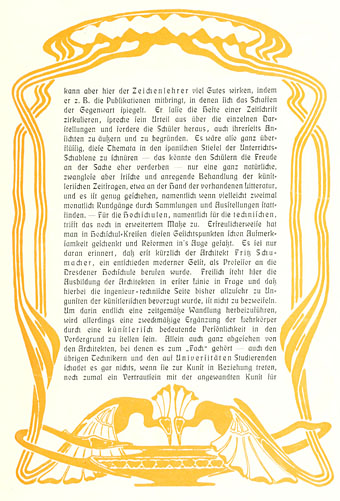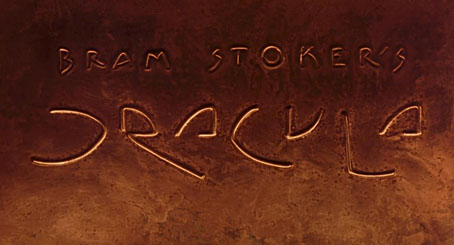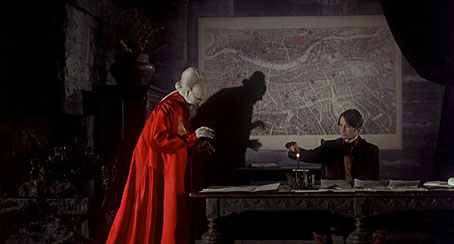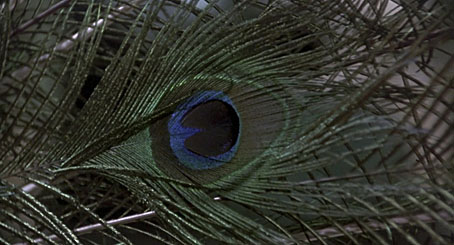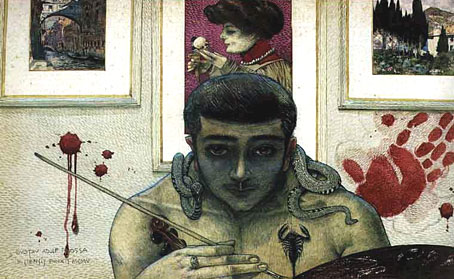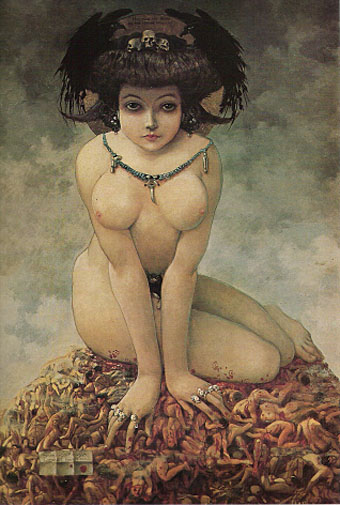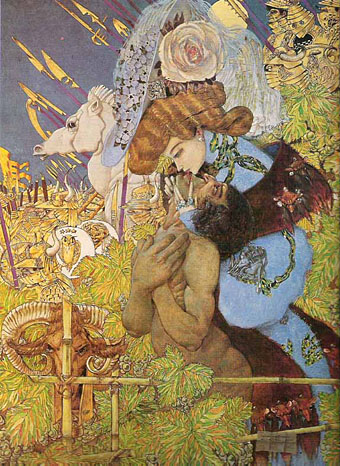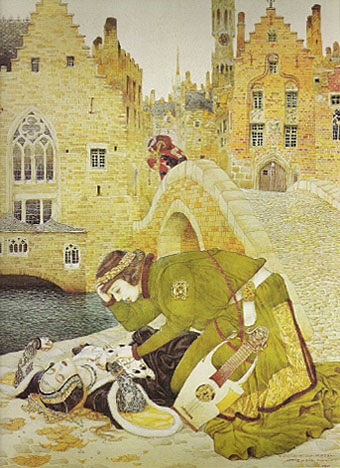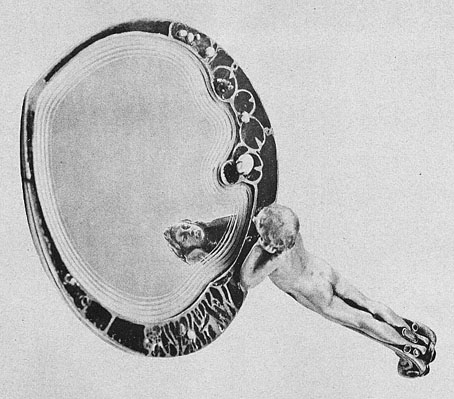
Browsing another fin de siècle magazine—Revue des Arts Décoratifs for 1897—turned up this design for a hand-mirror by Henri Nocq (or Henry as they also name him). Illustrational design was a common feature of the Art Nouveau period, and Nocq’s Narcissus-themed mirror is an ingenious confection complete with etched pond ripples, pearl-flowered lily pads, and even (though you can barely see it here) a carnelian frog. The body of the mirror was silver with narcissus flowers moulded into the obverse side. I’m surprised I haven’t come across this object before which makes me think it may not have survived. (Unless you know better…) As for Henri Nocq, there’s far more attention devoted to the portrait of him by Toulouse-Lautrec (also 1897) than there is to the designer.
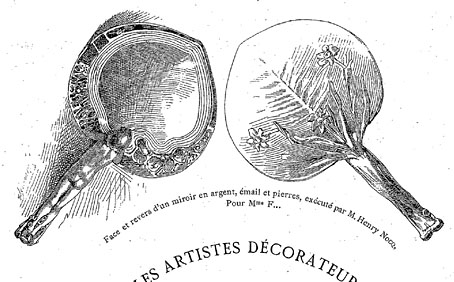
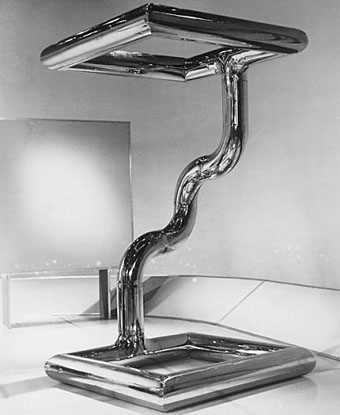
For a more contemporary sculptural take on the theme, there’s Narcissus, an early work from 1969 by British artist William Pye. See his website for other work including some gorgeous water sculptures.
Previously on { feuilleton }
• Le Baiser de Narcisse
• Reflections of Narcissus
• Narcissus

